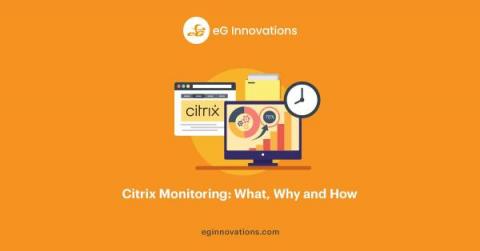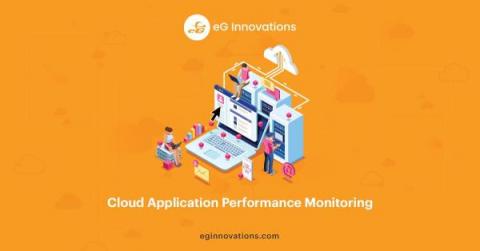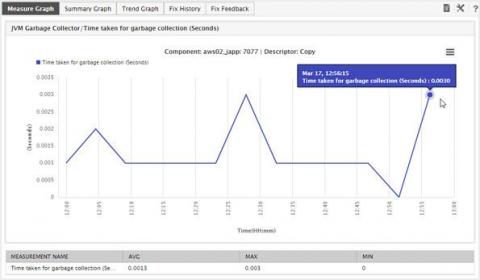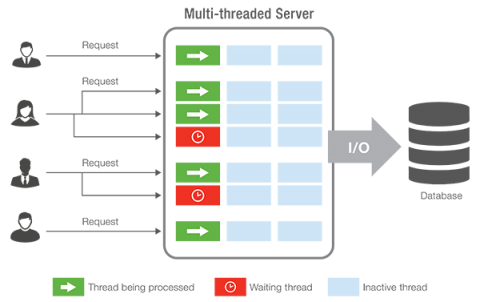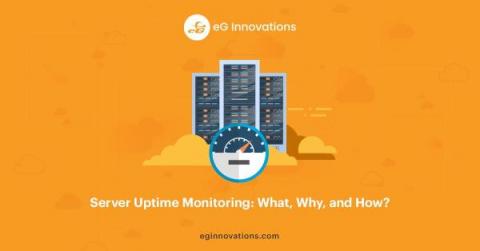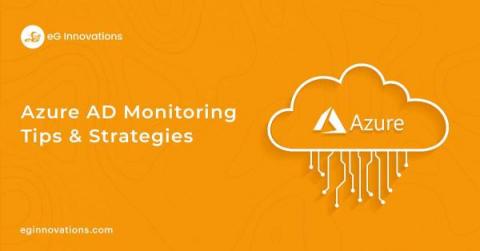Citrix Performance Monitoring: What, Why and How
Organizations in all verticals and sizes are deploying digital workspaces to offer secure, remote access to employees and partners – in many cases, across a wide area of networks. Citrix workspace technologies are the most popular form of digital workspaces. In this blog, we discuss what is Citrix monitoring, why it is important, and what tools you need to monitor Citrix infrastructures effectively to ensure optimal digital employee experience (DEX).


